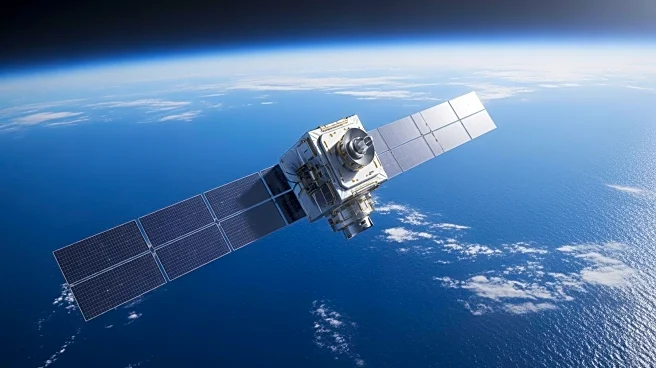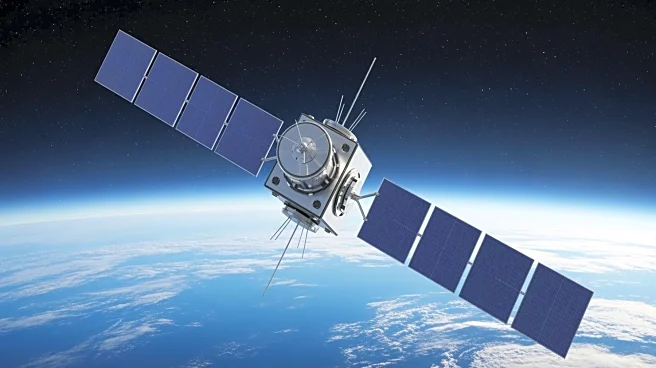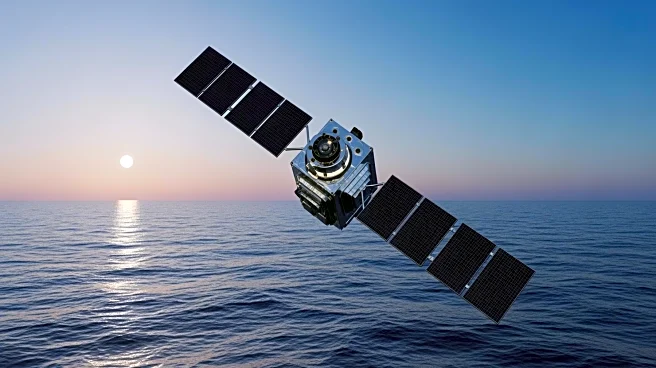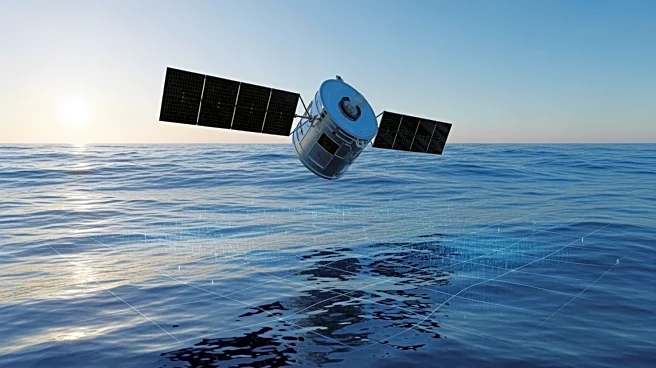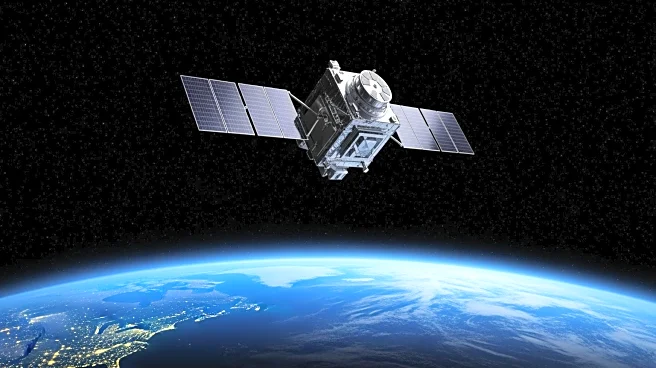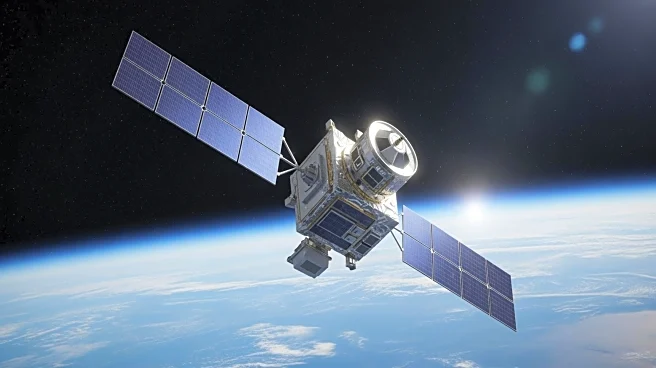What's Happening?
NASA, in collaboration with international partners, has successfully launched the Sentinel-6B satellite aboard a SpaceX Falcon 9 rocket from Vandenberg Space Force Base. The satellite, now in low Earth
orbit, will collect ocean and atmospheric data to support hurricane forecasting, coastal infrastructure protection, climate monitoring, and maritime operations. Sentinel-6B is designed to measure sea surface height, wind speed, wave height, and atmospheric conditions, enhancing flood prediction models and identifying ocean temperature patterns that influence storm development. The satellite is part of the European Union's Copernicus missions and will replace Sentinel-6 Michael Freilich as the reference standard for global sea level data.
Why It's Important?
The launch of Sentinel-6B is a significant advancement in global climate monitoring and ocean observation. The satellite's data will contribute to improved hurricane forecasting and coastal infrastructure protection, aiding in disaster preparedness and response. By enhancing flood prediction models and identifying ocean temperature patterns, Sentinel-6B supports efforts to mitigate the impacts of climate change and protect critical coastal assets. The collaboration between NASA and international partners underscores the importance of global cooperation in addressing climate challenges and advancing scientific research.
What's Next?
Sentinel-6B will undergo verification to ensure its instruments provide accurate data, after which it will assume its role as the official reference satellite for global sea level data. The satellite's observations will be integrated into climate models and used by researchers and policymakers to inform strategies for climate adaptation and mitigation. Continued collaboration between NASA and international partners will be essential for advancing scientific understanding and addressing global climate challenges.



